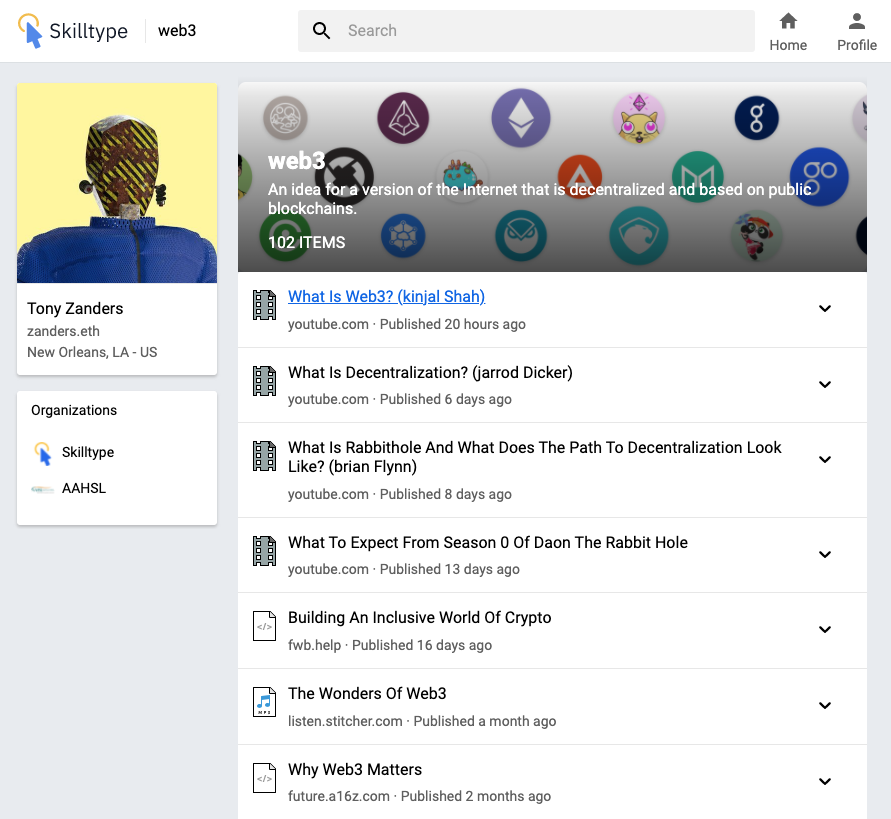Earlier this month, I was invited to attend the Harvard Library Innovation Lab’s 2019 LILFest. Sponsored by the lab and Harvard Law Library, and hosted by the Dorchester Art Project, It was a refreshing deviation from my normal day-to-day. Throughout the event we heard speakers from the lab and the broader community sharing PechaKucha-style talks on a wide-range of current interests at the intersection of libraries, technology, and the analog/digital divide.

As with attending events for the first time, I had no idea what to expect. But during afternoon reflections, I began to find some signal in the noise.
The messy work of creating culture
When we look at the exemplary workplace cultures in society, people who are a part of it have a shared optimism about the future, an unfettered confidence in their potential, and a tangible chemistry. After speaking with Adam Ziegler, Executive Director of LIL, it became obvious that this was the case. His team comes from a wide variety of backgrounds and careers – from law, tech, librarianship and beyond – joined together by a shared culture to build a better future.
I think about the task new library leaders have when brought in to a turnaround environment and how the top priority should always be focusing on the culture. Nothing else really matters if the organization isn’t bought into a shared purpose and vision.
The disorienting thing about culture-building is that the process can be ugly but the end result is beautiful. I’d imagine Adam and his team have had days where taking risks and charting new courses seemed unwise. But having been a part of this year’s retreat, I saw a community of people enjoying each other’s company working towards something larger than themselves. In this environment, no task or project seems too big, and the shared trust is present to take on risks that are necessary for innovation. There’s much to be gleaned here.
Innovation happens when we try new things poorly
If you’re not a part of an innovative culture, and your exposure to innovation has only been second or third-hand, it may seem that companies that innovate operate like Starship Enterprise – where everything is neat, sleek, orderly and futuristic. Having been a part of one at 4.0 Schools – an education incubator in New Orleans responsible for much of the innovation taking place in education reform today – that this is not the case. There’s a lot more failure than success.

The main difference is the shared willingness to try and fail, and the expectation to quickly respond with improvements. Creating a space for this to take place is the key ingredient for innovation. This will become increasingly important for new library leaders who are asked to work wonders with few resources and a team of people who aren’t used to this.
When your product is your people
Being in this space with the LIL team made me think about the importance of people. Venture capitalists realize this when they decide to fund a team that drastically changed their original project to work on something different. They are investing in the people – not the current idea that brought them together. Technology CEOs realize this when they acquire companies with no intention on using what they built, but deploying that team of people who are gifted onto other problems, also known as an “acqui-hire” (hiring via acquisition). They too are investing in the people – not the company that brought them together.
The inverse of this is also true. I had a call today with a manager at medium-sized regional academic library that left a strong impression on me. When talking to them about the future of work in libraries, they took on a gatekeeper persona, and cut the call off when I inquired more about their work and what they do. This brought me back to my days at Ex Libris selling the Alma library management system. In 2012-13, if you told a systems librarian that you had a were going to save their institution money by moving their servers to the cloud, that person had a decision to make: they could either say “About time! I’ve always wanted to put skills X,Y,Z to use. Glad I won’t have to manage this hardware anymore.” Or they could say “you mean, I won’t have any work to do anymore? I don’t think I like you, OR your new application.”
The same analog can be applied many places. The key difference is the people within our organization, and their perspective towards managing change. Are they at a point in their careers where they feel reinventing themselves is not an option? Do they view a change in the status quo as an exciting opportunity or a dreadful omen?
The answer to these questions has a great impact on an organization’s ability to navigate the uncharted waters of the next decade. Before any new buildings are built, or new software is implemented, or new initiatives are launched, the culture work has to be addressed. Because at the end of the day, the product we have to offer the world is our people.




